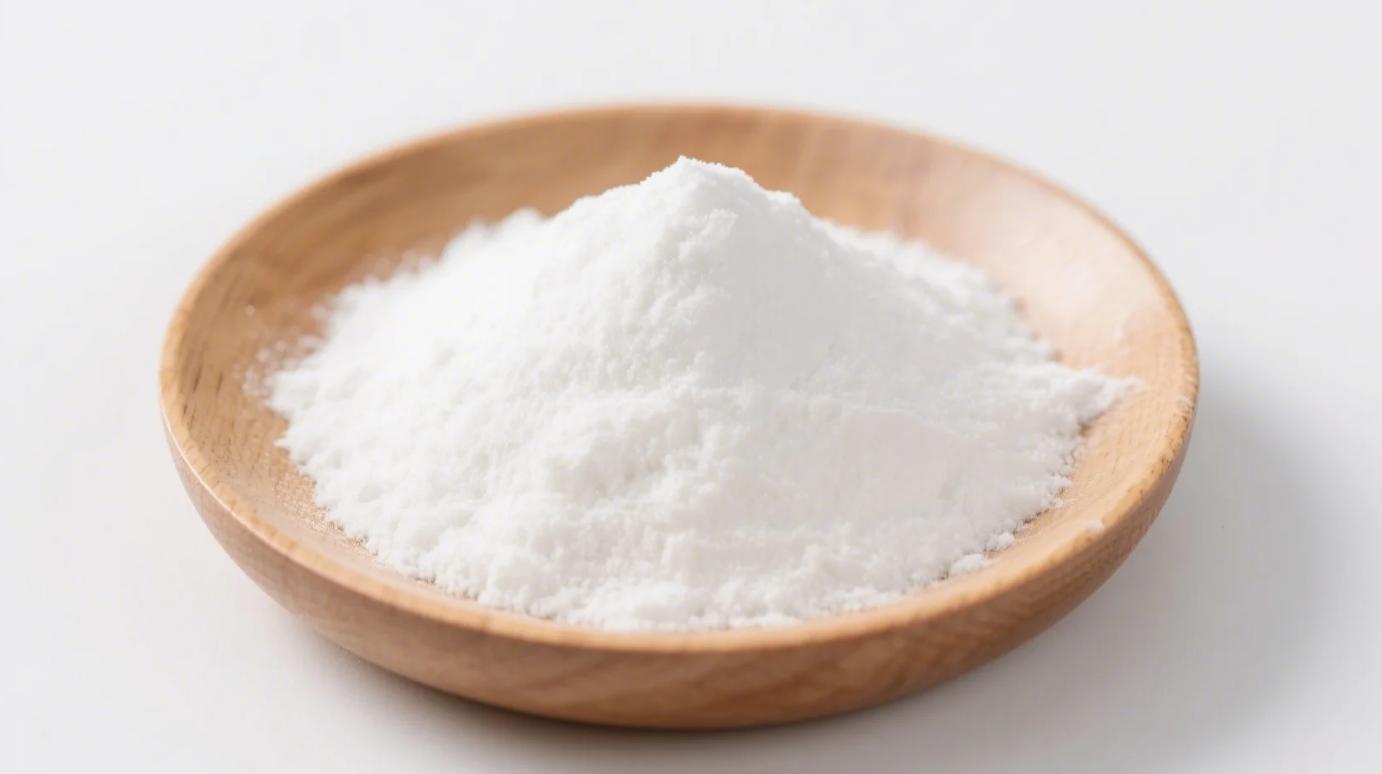What Are Fructooligosaccharides (FOS)?
Fructooligosaccharides (FOS) are soluble prebiotic fibers naturally found in plants like chicory root, garlic, and bananas. As a low-calorie sweetener and gut health booster, organic FOS powder and syrup are popular in supplements, protein bars, and “gut-friendly” snacks. But while FOS is praised for feeding good bacteria, its downsides are often overlooked. Let’s dive into the potential pitfalls of this trendy prebiotic.

The Hidden Drawbacks of Organic FOS
1. Digestive Distress: Gas, Bloating, and Cramps
FOS is fermented by gut bacteria—a process that releases gas. Even organic FOS can trigger:
- Bloating: Rapid fermentation in sensitive individuals.
- Loose Stools: High doses (>10g/day) may act as a laxative.
- Worsened IBS Symptoms: FOS is a high-FODMAP compound, problematic for 30% of IBS sufferers.
Organic FOS Syrup vs. Powder: Syrup blends (often mixed with sugars) may worsen diarrhea, while pure powders allow precise dosing.
2. Not for Everyone: Who Should Avoid FOS?
- SIBO Patients: FOS feeds bacteria in the small intestine, exacerbating SIBO.
- Fructose Intolerance: FOS contains fructose chains, causing issues for those with hereditary fructose intolerance.
- Low-FODMAP Dieters: FOS is restricted in elimination phases.
Note: Organic certification doesn’t eliminate these risks—it only ensures no synthetic pesticides or GMOs.
3. Blood Sugar Spikes (Yes, Really!)
Though FOS has a low glycemic index (≈10), some studies show:
- Insulin Resistance: Overconsumption may reduce insulin sensitivity in prediabetic rats (needs human trials).
- Syrup Additives: Some organic FOS syrups blend with high-GI sweeteners like agave, negating benefits.
4. Nutrient Interference
FOS binds to minerals like calcium and magnesium during fermentation, potentially reducing absorption—a concern for those with deficiencies.
5. Overgrowth of “Bad” Bacteria
While FOS feeds Bifidobacteria, it may also fuel:
- Methane-Producing Archaea: Linked to constipation and bloating.
- Candida: Limited evidence suggests FOS could aggravate fungal overgrowth in immunocompromised individuals.
Organic FOS Powder vs. Syrup: Which Is Riskier?
| Factor | Organic FOS Powder | Organic FOS Syrup |
|---|---|---|
| Added Sugars | None (pure fiber) | Often blended with honey or fruit juice |
| Dosing Control | Precise (scoop-measured) | Easy to overconsume (liquid form) |
| Digestive Impact | Stronger fermentation (pure FOS) | Milder due to diluted concentration |
| Dental Health | Safe (non-cariogenic) | Risk of cavities if syrup sticks to teeth |
Key Takeaway: Powder is riskier for gut-sensitive users; syrup poses higher calorie and dental risks.
Mitigating the Downsides: How to Use FOS Safely
- Start Low, Go Slow: Begin with 2–3g/day (powder) or 1 tsp (syrup).
- Pair with Probiotics: Combine with Lactobacillus strains to balance fermentation.
- Avoid on Empty Stomach: Take with meals to slow digestion.
- Choose Clean Formulas: Opt for organic FOS powder without fillers or syrups free from added sugars.
- Cycle Usage: Take breaks to prevent bacterial overgrowth.
When to Skip Organic FOS Entirely
- Active SIBO or IBS flare-ups.
- Fructose malabsorption (hydrogen breath test confirmed).
- Ketogenic or carnivore diets (FOS is a carb source).
The Organic Advantage: Does It Matter for FOS?
While organic certification doesn’t fix FOS’s inherent drawbacks, it minimizes:
✅ Pesticide Residues: Non-organic chicory root (a common FOS source) may contain glyphosate.
✅ Chemical Extraction: Organic FOS uses water-based methods vs. solvent-based refining.
✅ Non-GMO Assurance: Critical for purity-focused consumers.
Final Verdict: Proceed with Caution
Organic fructooligosaccharides aren’t inherently “bad”—they’re a tool that demands respect. For those with robust guts, FOS powder or syrup can enhance microbiome diversity. But for sensitive individuals, the cons (bloating, FODMAP issues) may outweigh the prebiotic perks. Always consult a nutritionist before adding FOS to your routine, and remember: organic doesn’t mean risk-free.
Nourish wisely. Gut health isn’t one-size-fits-all.
Recommended Product
Organic Fructooligosaccharides
Premium Prebiotic Fiber for Gut Health, Functional Foods & Dietary Supplements
